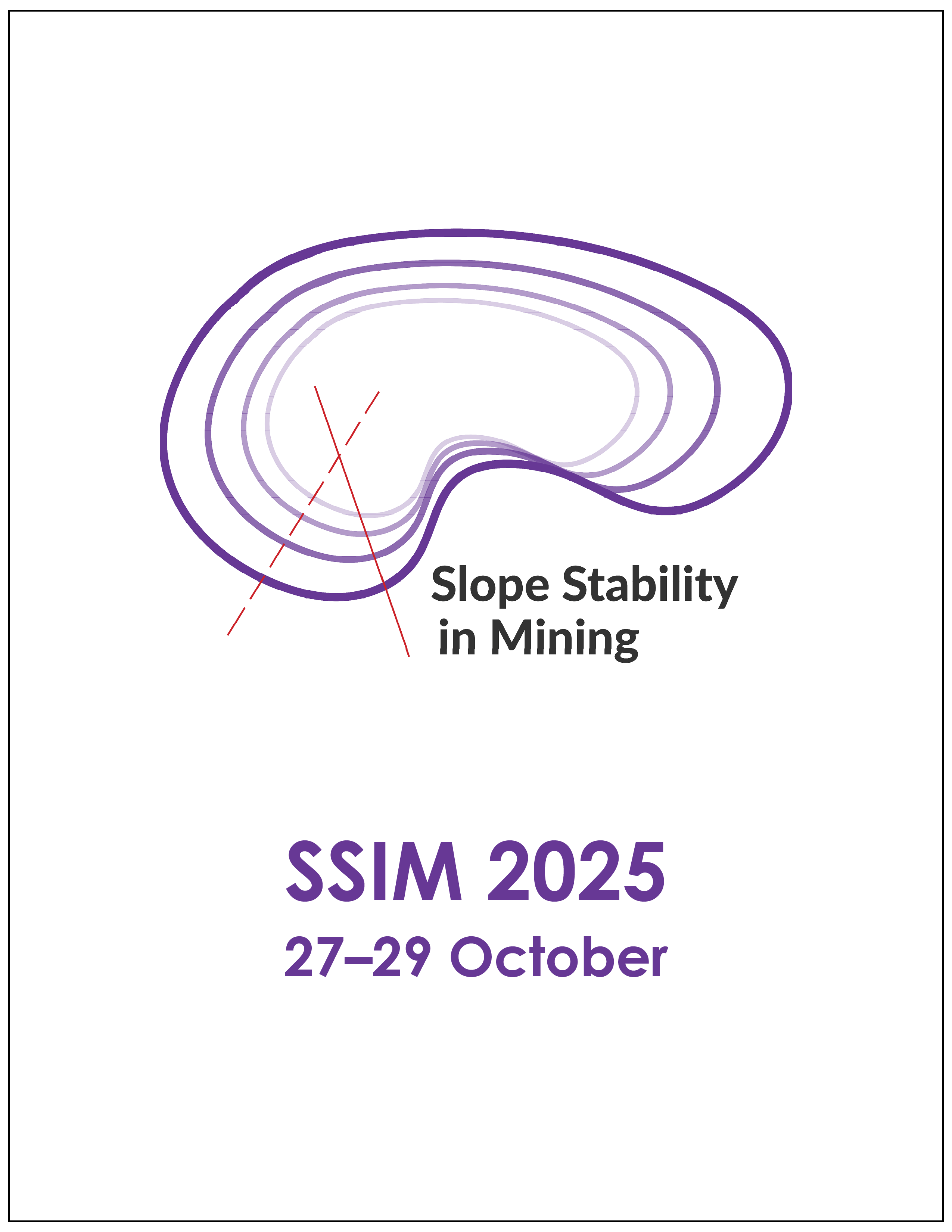Copper Mountain Mine North Pit stabilisation: observational approach

|
Authors: Gray Hubbard, A; Huber, J |
DOI https://doi.org/10.36487/ACG_repo/2535_20
Cite As:
Gray Hubbard, A & Huber, J 2025, 'Copper Mountain Mine North Pit stabilisation: observational approach', in JJ Potter & J Wesseloo (eds), SSIM 2025: Fourth International Slope Stability in Mining Conference, Australian Centre for Geomechanics, Perth, https://doi.org/10.36487/ACG_repo/2535_20
Abstract:
In the absence of open pit site-specific geotechnical drilling data, an observational approach, with practical contingency measures, is an effective option for mining provided the operation can respond to deviations from predicted behaviour in a timely manner. This paper presents a case study on the application of the observational method to mining of the open pit slopes in the North Pit at Copper Mountain Mine in British Columbia, Canada, including design, monitoring, detection of slope failure and management of a multi-bench instability. The paper discusses the geological setting, monitoring instrumentation and geotechnical data available, and how these were considered to identify the expected potential failure mechanisms and establish slope performance criteria and contingency measures for observational method open pit mining. Mining of an interim design of the North Pit began in 2022, and initial unstable conditions were observed in summer 2023 in the northwest wall. The entire north wall was monitored with laser scans into early 2024, when a combined rock mass and structural failure of three to four single benches occurred on 22 January 2024. This paper describes the management, analysis and remediation of the instability. Following the failure in 2024, a safety berm, step-out and shallower inter-ramp angle were implemented to allow mining to continue below the failure. The variety of information that was collected and analysed, including structural mapping, laser scan movement and exploration drilling data, and observations of pit slope performance, was used to interpret the failure mechanism and justify unloading of the upper two benches. This paper discusses how the engineering designs for the remedial measures were later optimised based on additional geotechnical data collected and specific site requirements. This case study concludes with the lessons learned and insights on applying the observational method, when appropriate, to open pit slopes.
Keywords: observational method, open pit, slope stability
References:
Brown, ET (ed.) 1981, Rock Characterization, Testing & Monitoring: ISRM Suggested Methods, Pergamon Press, Oxford.
Maptek 2024, Pointstudio, computer software, Denver.
McMechan, R 1983, Geology of the Princeton Basin. Canadian Cataloguing in Publication Data, Ministry of Energy, Mines and Petroleum Resources, Melbourne.
Peck, RB 1969, ‘Advantages and limitations of the observational method in applied soil mechanics’, Géotechnique, vol. 19, no. 2, pp. 171–187.
RocScience Inc 2024a, Slide3, computer software, Toronto.
RocScience Inc 2024b, Slide2, computer software, Toronto.
Stanley, CR, McMillan, WJ, Panteleyev, A & Thompson TB 1995, ‘Geology of the Copper Mountain alkalic copper-gold porphyry deposits, Princeton, British Columbia’, Canadian Institute of Mining and Metallurgy Special Volume, vol. 46.
Tavchandjian O 2023, NI 43-101 Technical Report Updated Mineral Resources and Mineral Reserves Estimate, Copper Mountain Mine, Princeton, British Columbia, Canada, Hudbay Minerals Inc, Toronto.
© Copyright 2025, Australian Centre for Geomechanics (ACG), The University of Western Australia. All rights reserved.
View copyright/legal information
Please direct any queries or error reports to repository-acg@uwa.edu.au
View copyright/legal information
Please direct any queries or error reports to repository-acg@uwa.edu.au

